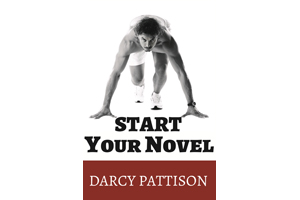When you are deep into plotting a new novel or especially, a series, timelines are your friends. It’s a tool that will help straighten out the details and create order.
Obviously, a time line lays out the time period of your novel. Does it take place in 24 hours or does it span 24 years? Within that time span, you’ll want to slot events, reactions, and characters.
Backstory. Using a time line to plan a story probably means you’ll want to include back story events. You can do as much or as little as you need here. Maybe you want to include a character’s birth, baptism or bar mitzvah, high school graduation, or other major life events. You’ll also want to include other major events: parent’s divorce, house burned down, moving to a new school or city, first job and so on.
You can choose to do a separate time line for each person, but I like to have a master timeline where each character’s events are included. If you like, you can get fancy with this and do it on a spread sheet with each character getting a column or a certain color row.
Plot Events. When the events reach the story’s opening, it’s time to start imposing some structure. Dividing the time line into Act 1, 2 and 3 (and 4, if you use that paradigm), makes sense. You’ll want to make sure the story’s time line provides characters a great stage entrance, then introduces events that keep the story rolling. Here’s a great place to start tweaking the pacing of your story.

Ticking Clocks. Speaking of pacing, try introducing a ticking clock: some event must be completed by midnight or unspeakably bad things will happen. If Sherlock Holmes doesn’t solve the crime by midnight, beautiful Aurelia will be the victim of Poe’s pendulum (to mix up a lot of things!).
Edit and Revise. This is also a place where you should edit drastically. If you think up a scene, but can’t decide where to put it–cut it. It’s probably not important to the story anyway. Each scene or event should serve a definite purpose that pulls the reader toward the climactic ending. Some events will have a quiet purpose like characterization or setting p the next scene. OK, as long as there’s some purpose to the scene. Time enough later to Kill-Your- Darlings when you revise the novel.
Messing with the TimeLine. Now that you have the time line laid out, you can actually mess with it, if you like. You could present scenes out of order, with back story coming in as a flashback or even more drastic manipulations of time. The movie, Memento, is about a character with a short term memory problem, which lead to strange time manipulations. If you want to do this, be warned: the younger the audience, the more likely you are to confuse them. Telling a story with a jumbled timeline makes it harder for your reader to understand and enjoy. So, if you decide to go this route, use your best storytelling techniques. Read about flashbacks here or here.

One thought on “0”
Comments are closed.